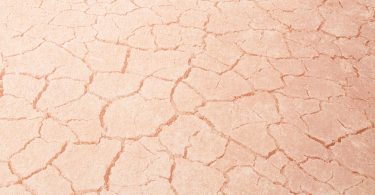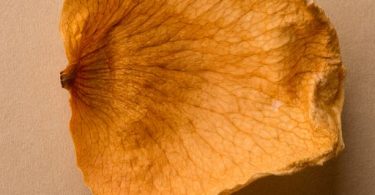You can always stretch, tighten, lift, inject or boost the skin … reversing the loss of skin elasticity is only possible by taking the problem at its source: attack the glycation.
Elastin gives the dermis fibers the elasticity that allows the skin to regain its original position when stretched.
Elastic fibers are synthesized in the peri-natal period and in childhood. In adulthood the renewal of elastin is almost zero except in cases of healing where the synthesis of elastin is reactivated but less effectively.
Elastin, one of the most resistant proteins in the body, is difficult to degrade. Its weak point is its low turnover (half-life estimated at more than 70 years) which exposes it to the damage of the glycation.
The AGEs create cross links which definitively reduce the elasticity of elastin.
Years after years the AGEs (advanced glycation products resulting from the fixing of sugars on proteins), create cross links which definitively reduce the elasticity of elastin.
The recent discovery of the deglycating properties of certain molecules reverses this situation. Thus, taking Age Breaker, the first deglycating product available on the market, has restored 16.9% of the skin elasticity (corresponding to 10 years of cutaneous elasticity gained) in patients aged 58 years on average (1).
So, before any plastic or aesthetic procedure, especially on aged skin (over 50 years old), the prescription of a deglycating cure, 2 to 4 weeks before the intervention, is a good practice to adopt.
(1): D. Jean et Al. Reversal of Skin Elasticity Loss in vivo. ISV 2012.









